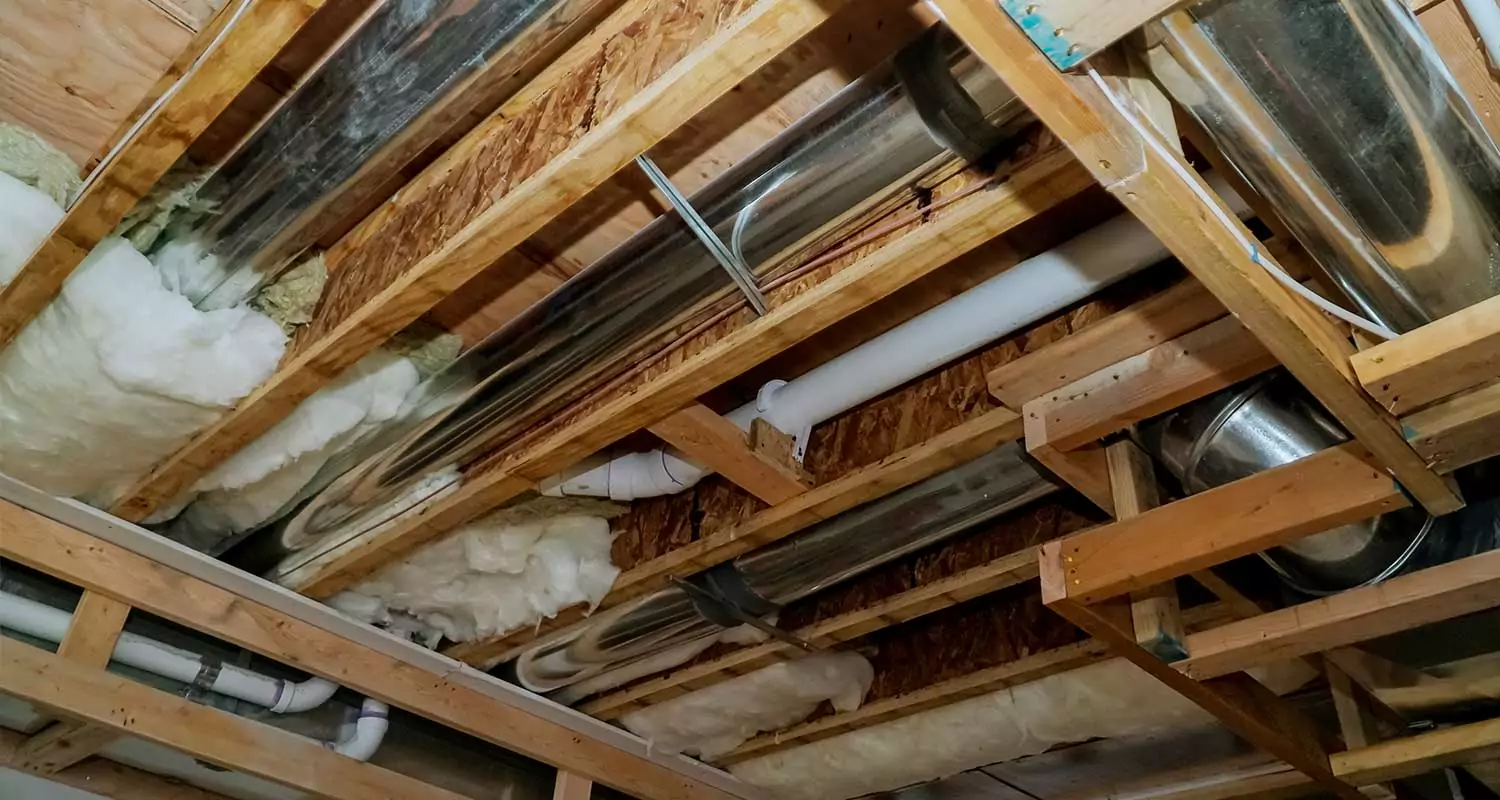
Understanding What is Rough-in Plumbing
Table of Contents
Rough-In plumbing is an important part of the overall home plumbing system, yet it rarely receives recognition for its vital role. Roughing in entails laying down necessary groundwork before toilets are used and taps turned on, establishing a strong foundation from which all other features can operate efficiently and effectively. Without rough in plumbing, homes would fail to work as desired.
Short Summary
-
Rough-in plumbing is the initial stage of installing pipes and connections during construction.
-
It requires careful planning, attention to detail, coordination with other trades for a successful system & proper slope/grading.
-
Hire a professional plumber & have it inspected before proceeding w/ finish plumbing phase!
Defining Rough-in Plumbing
Rough in plumbing, or rough-in work during the early stages of construction, is essential for setting up a house’s plumbing system. It includes installing pipes and vents plus connecting them to provide water supply and drainage before adding fixtures. Drilling holes for certain equipment such as sump pumps, boilers & water heaters has to be done with precision. These external outlets are also necessary so that sink drain assemblies can function properly.
Components of Rough-in Plumbing
Rough in plumbing is a vital part of your home’s overall plumbing system. It includes drain lines, underground pipes and water supply lines that run between different fixtures. These pipes transport wastewater away from sinks, showers and toilets to the correct drainage outlets while vent stacks ensure air can still flow freely without creating any vacuum within them. To this, water supply lines bring clean drinking or bathing water straight into your home so all necessary components are taken care of during rough-in installation processes.
Stages of Plumbing: Rough-in vs. Finish
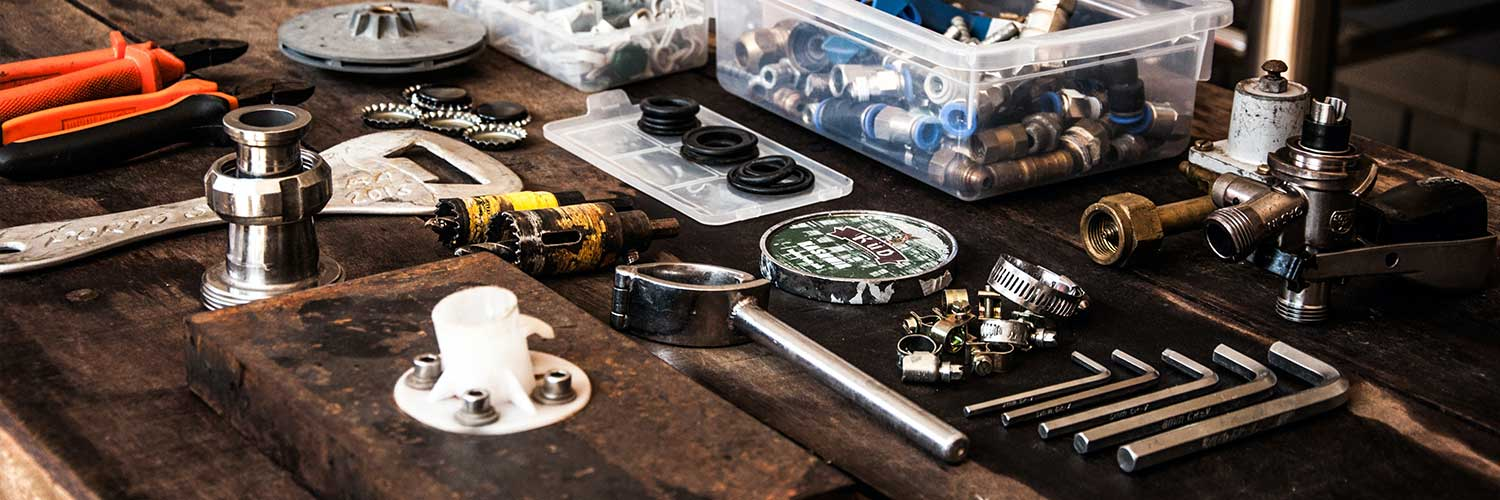
Plumbing is like a symphony, with different stages that contribute to creating an overall harmony. The first stage is the rough in phase: similar to the opening movement of music, it establishes the basis for all other steps and components of plumbing setup. Next comes finishing. Comparable to a climactic finale – pipes are connected along with fixtures such as sinks or toilets bringing everything together in one full system. This finish plumbing procedure follows water supply installation and pipe laying from the initialrough-in step already taken into account when building up this entire plumbing infrastructure.
The Rough-in Process: Step by Step
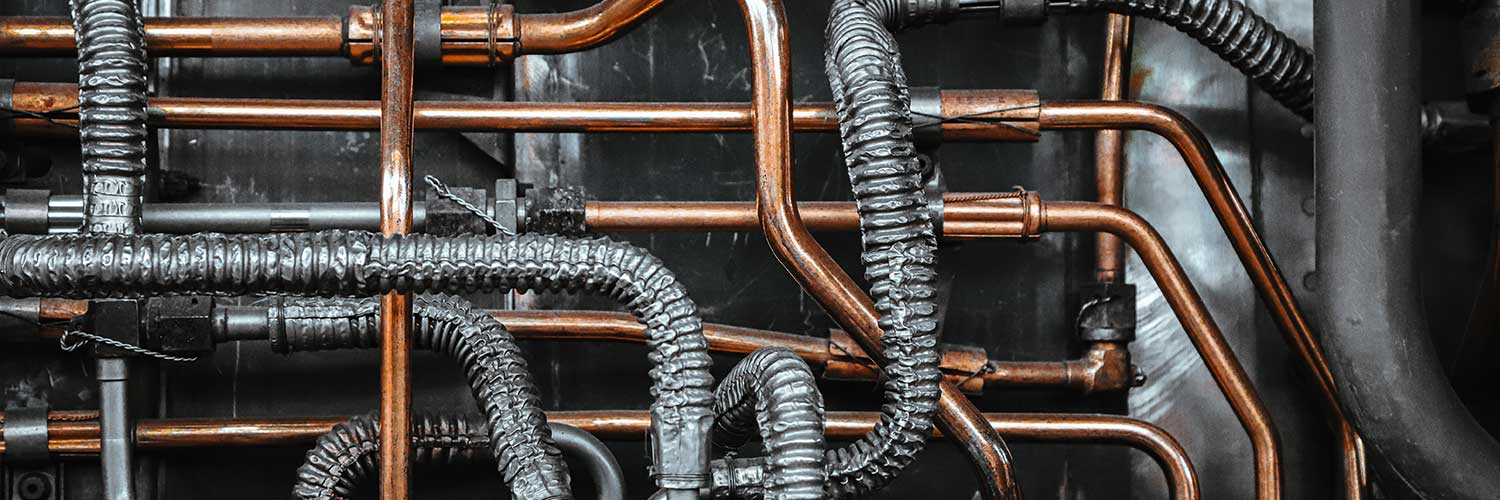
Setting up a plumbing system – also known as rough in – requires careful planning. The pipes must be laid out and connected to the vent stacks which then link with the supply lines carrying water into it from wherever its source is located. All of these components come together so that when everything has been installed correctly, you are left with an efficient working plumbing structure.
It’s like watching an elaborate dance being carried out. Each step leading perfectly onto the next one without any hitch or error! This means installing drain lines alongside running water supplies ensuring all aspects have been factored in before completing this task for optimal performance moving forward.
Planning and Layout
For any construction project, successful completion relies on thorough planning. In the context of rough-in plumbing specifically, this means marking and recording drain and vent locations from blueprints while also considering other trades that may be involved in these stages.
It is a lot like trying to fit together pieces of a puzzle without knowing what the full image should look like – if adequate preparation isn’t taken for the rough-in process with pipes, vents or connections then it could result in an inefficiently functioning plumbing system later down the line.
Installing Drain Lines and Vent Stacks
Once all the planning and designing is taken care of, installing a wastewater system begins with drilling holes in walls and connecting pipes while making sure it meets the necessary grade. Backwater valves are essential elements for this process to properly protect one’s residence from sewer backup emergencies. They exist as either normally open or normally closed, depending on whether we need them for venting city plumbing or safeguarding branch drains connected to fixtures. On top of that, drain lines also have an integral part in setting up a comprehensive sewage treatment methodology at any home or office space equipped with modern-day plumbing works.
Running Water Supply Lines
The rough in process is not complete until the water supply lines have been installed. This requires fitting pipes from the primary source of water to all the various fixtures located throughout your home, similar to how a network of roads connect cities and towns together. Thus, it provides quick access for clean H2O, whether you’re washing dishes in the kitchen sink or rinsing off with a shower at any point within your house – or even using an outdoor hosepipe! In essence, running these types of supply lines makes sure there’s always easily accessible freshwater when and where required.
Common Challenges in Rough-in Plumbing
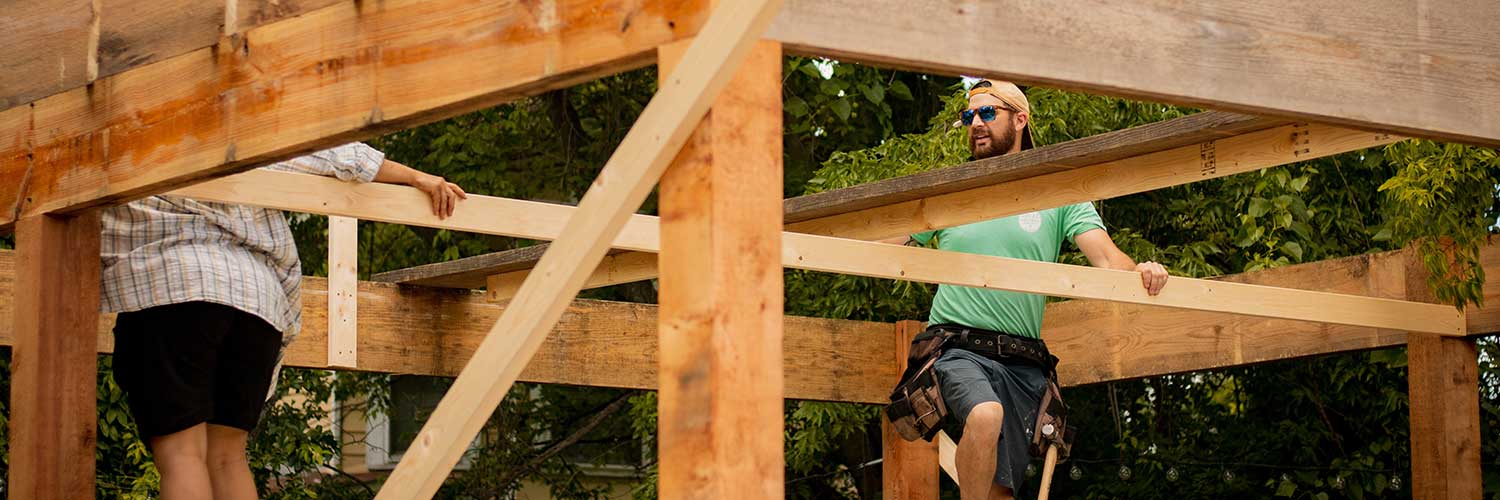
Rough-in plumbing is a complex construction task that requires precise planning and accurate attention to detail. It necessitates navigating potential roadblocks while paying attention to coordinating with other trades as well as creating the proper slope and grade for draining purposes. Similar to making one’s way through an intricate maze, it is essential not only stay on track, but also make sure all of the right turns are taken along the journey in order to reach its end result successfully.
This type of work demands focus so any mistakes can be avoided when completing this critical project.
Coordinating with Other Trades
Rough in plumbing is akin to conducting an orchestra. Each instrument, such as the strings and percussion, must be timed with one another for a cohesive composition. When it comes to rough-in plumbing, coordination between different trades includes considering elements like floor joists, electrical connections and HVAC systems too. So that everyone understands how everything fits together into the plan correctly. This also means organizing when each component of plumbing should be installed carefully so nothing gets left out or put together wrongly.
Ensuring Proper Slope and Grading
Rough-in plumbing requires the correct angle and grading for efficient drainage. To achieve this, you must make sure each pipe is pitched at 14 inch per foot of its length with a level and plumb bob tool to measure it accurately. If necessary, use a wrench on your pipes to adjust them appropriately in order to meet that slope standard. Ensuring these rough-ins are done correctly will guarantee successful results for all other elements within your plumbing setup!
Hiring a Professional Plumbing Contractor
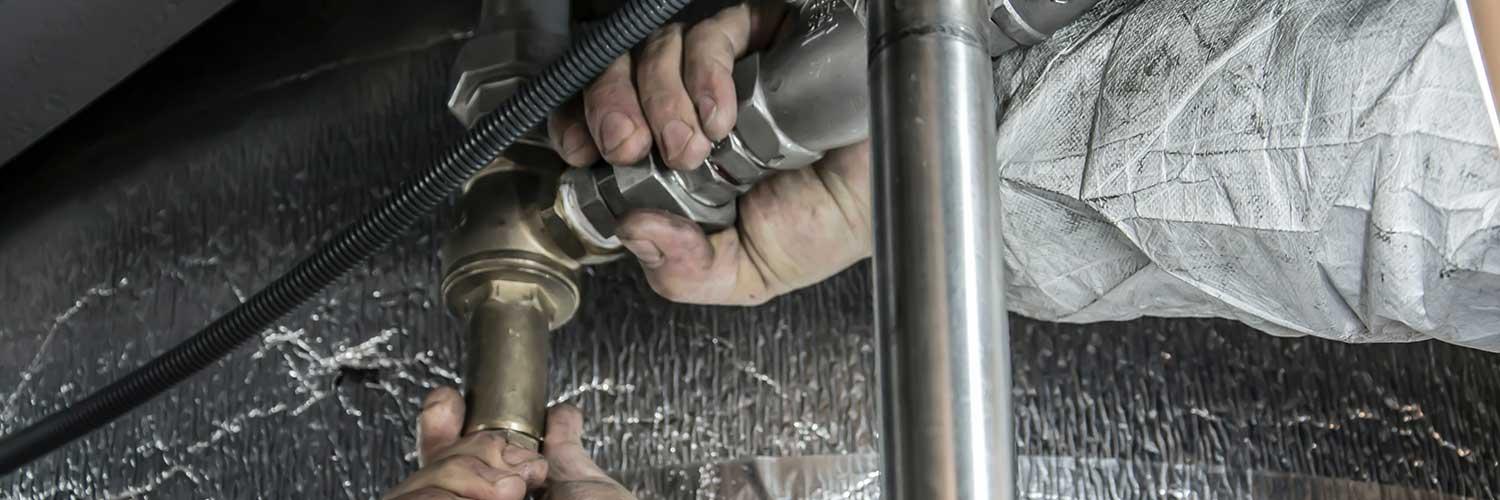
Rough-in plumbing is a complex and significant task, so it’s strongly suggested to bring in an experienced plumbing company who can guarantee the job will be completed safely, abide by local regulations, supply skilled guidance as well as long lasting solutions that might save you money eventually.
When hiring someone for this work, make sure they have relevant licenses and insurance coverage. Request references or review ratings from former customers ensuring that they are reliable and reliable with regards to rough-in or other related services of plumbing.
Inspection and Approval
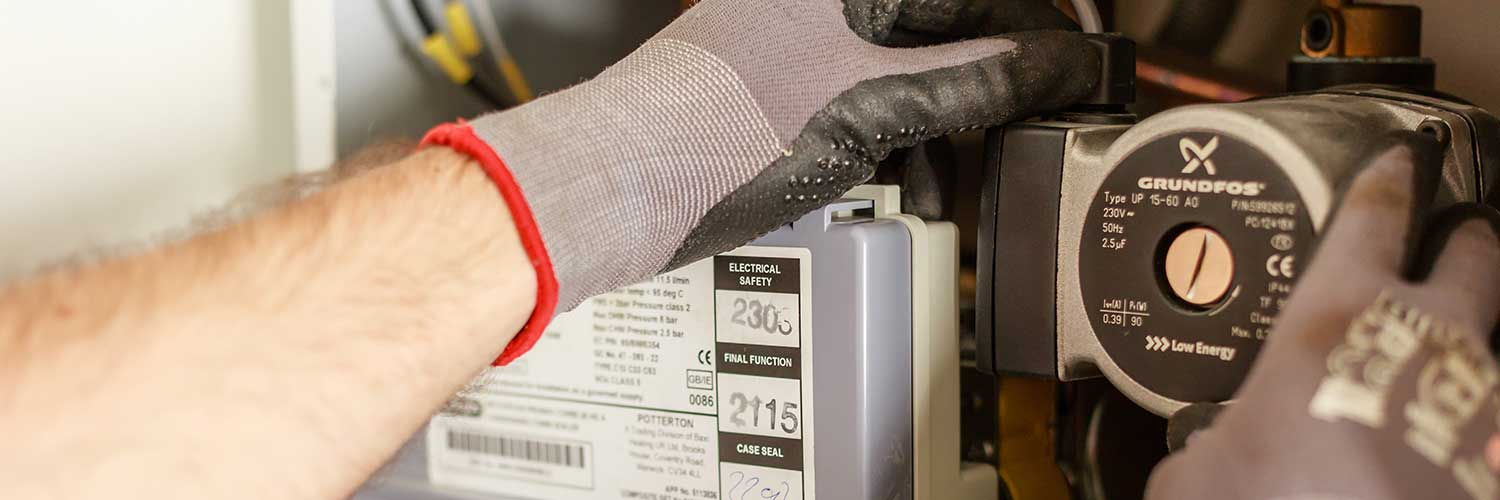
It is a must to have the rough-in plumbing inspected and accepted before moving on with its final phase. This process ensures that all regulations are fulfilled, while preventing any future problems or endangering safety in the long run. To make sure everything goes well during inspection by a home inspector, it’s paramount for the rough-in stage of plumbing to be completed priorly. This will enable him/her to check if all pipes, fixtures and fittings are securely attached together and ready for finish plumbing works afterwards.
Preparing for the Finish Plumbing Phase
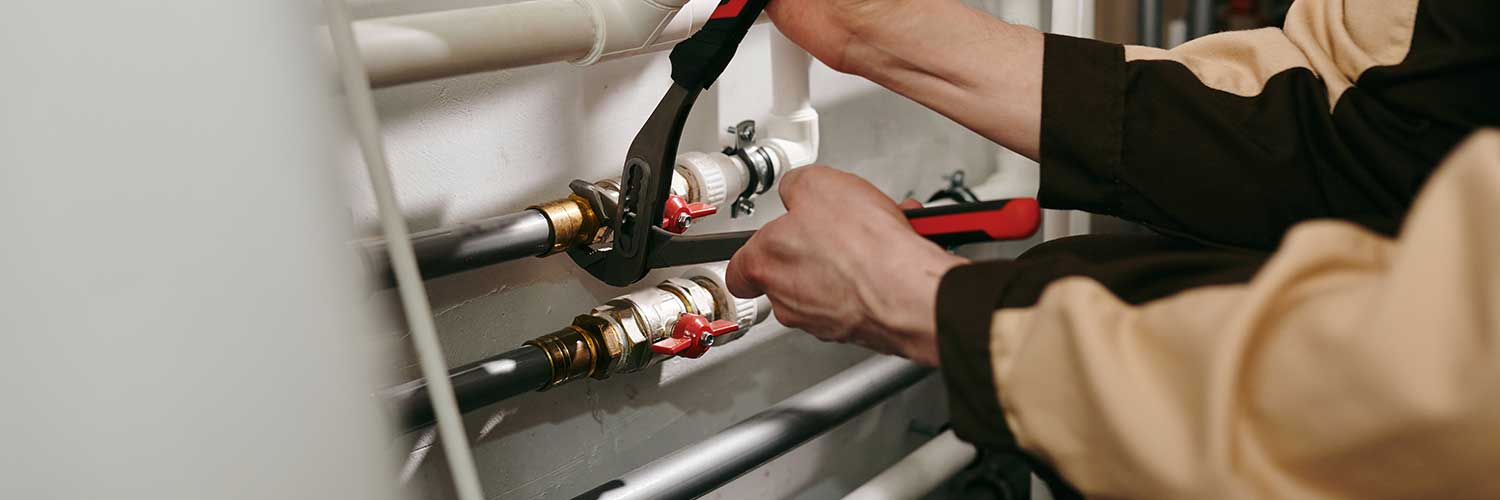
As the rough-in stage of plumbing is coming to an end, it’s time for transitioning into the finish phase. This involves conducting tests for potential leaks, connecting shut-off valves and double checking all connections are secure.
Testing any possible issues is similar to proofreading – making sure every detail has been covered before releasing a final product version. And installing shut offs and links security compares with ensuring that everything’s in place, like ticking items off your list so they can perform efficiently within your overall plumbing system set up later on down the track.
Summary
Good rough-in plumbing is a crucial part of creating a functioning home’s plumbing system. This can involve mapping out plan, laying down drain lines and vent stacks as well as running water supply lines which requires skillful coordination from both the professional contractor in charge and other tradespeople involved.
When constructing or renovating your house, never overlook this important phase that involves intricate details such as correct fittings, proper layout, all with necessary slope for smooth flow of pipes resulting in an efficient overall performance to follow thereafter.
Related: Shower Valve Rough-In Depth
Frequently Asked Questions
What is included in bathroom rough in plumbing?
Before starting the rough in plumbing process, it is essential to carefully measure and plan out the layout of your bathroom. This includes running water supply lines and drain lines through bored holes in the wall as well as taking accurate diagrams for reference.
Doing so will enable a seamless transition into the finish plumbing phase, when all fixtures are connected correctly with each other within their system. Accuracy during this stage is paramount to ensure proper functioning once complete. If done properly, you’ll be one step closer to having an operational bathroom!
Is plumbing rough in or roughing?
Rough-in is the practice of installing mechanical, electrical and plumbing services into a home prior to completion but not connecting them until afterwards. This process calls for an existing foundation in order to be implemented properly.
This procedure proves useful for various reasons such as gaining approvals from inspectors before connecting everything while budgeting or scheduling can also benefit greatly thanks to this service being applied stage by stage.